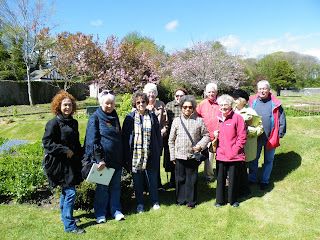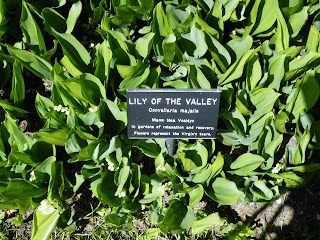As well as designing the new herb area, our herb group are hoping to start a database of the plants in the garden which would include common names of the plant, uses past and present, beneficial aspects for wildlife and any medicinal or dye usages.
Here is a selection of some of the plants in the wildflower area.
Flowers and grasses to be found in the first bed nearest to the Mill are as follows;
Pendulous sedge, greater birdsfoot trefoil, yellow rattle, purple loosestrife and sneezewort.
The first plants to be found in the next bed are,
fleabane, melancholy thistle, dotted loosestrife, ragged robin, tufted hairgrass, ladyfern, native broom, rosemary, greater woodrush, valerian, French cranesbill, square stalked St. John's wort, marjoram, common sorrel, greater willowherb, cotoneaster, cape figwort, herb robert, lady's bedstraw, mediterranean spurge, ornamental alliu, wood forget-me-not, woodruff, tormentil, knapweed, lemon balm, red campion, privet, grey willow, teasel, bell heather, goldenrod.


















.JPG)
















